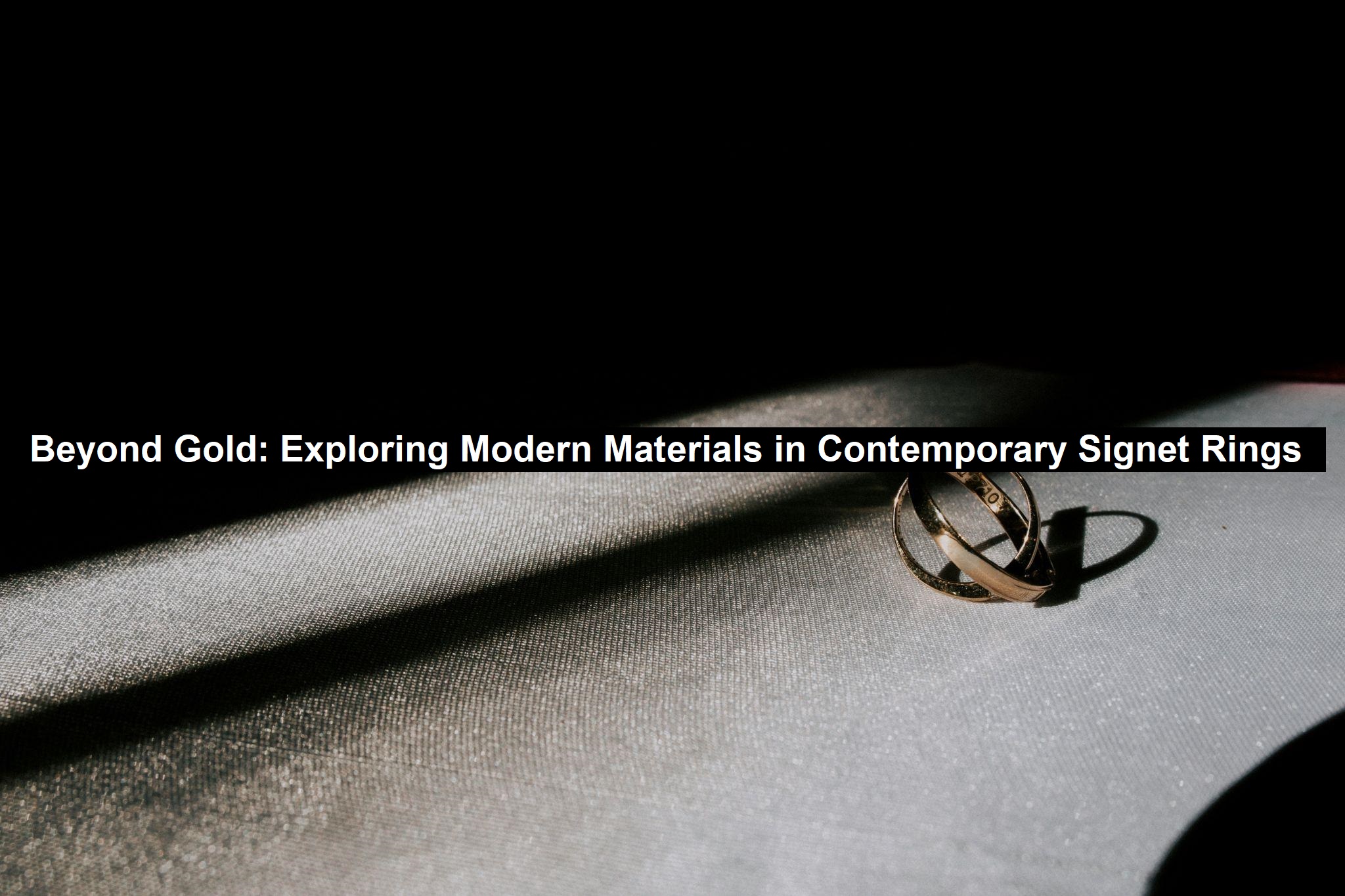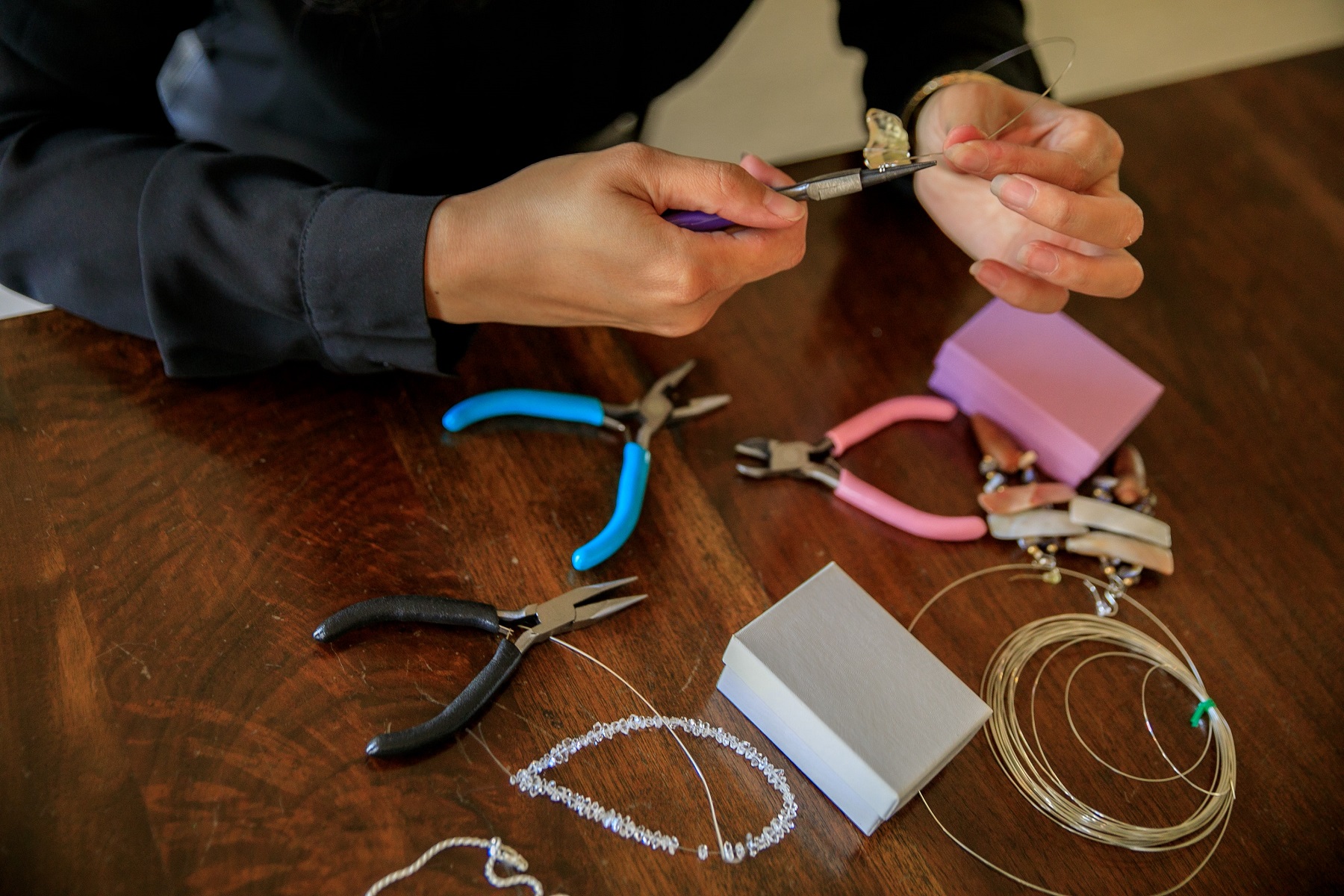Jewelry Toolbox Essentials
Knowing the correct items for your jewelry toolbox is as essential as knowing where to source quality jewelry-making supplies. If you’re in a competitive market like California, it also pays to know that you are sourcing metal beads and findings that aren’t just high quality but also made in the USA by dedicated smiths.
High-quality jewelry-making supplies mean you won’t have to worry about your customers complaining about metal allergies because high-quality beads and findings manufactured in the US have to follow strict standards in the country, unlike metal beads and findings made elsewhere.
If you’re interested in filling a new jewelry toolbox with the right tools, it’s time to roll up our sleeves and look at the essential tools and supplies for jewelry-making in today’s blog.
Jewelry Shears
Another fantastic staple item is a pair of jeweler’s shears. They help rough out material in thinner sheets and cut sheet metal and pillions from solder strips.
Jeweler’s Saw
Metal and other materials can be cut precisely with a jeweler’s saw. You can select a blade designed for use with metal, wax, or another material. An adjustable saw frame is preferable because it allows shorter, less expensive blades. Are you buying blades in bulk? We suggest stocking up on 12 boxes of 12 2/0 sawblades.
Vernier Gauge or Caliper Gauge
A caliper gauge’s ability to take precise readings of internal, exterior, and depth dimensions is invaluable for crafting jewelry. In addition, the manual gauge has an advantage over the digital one in that it never needs new batteries.
Tweezers
When soldering, tweezers are essential for carefully handling delicate stones and intricate designs. However, remember that there are significant distinctions between gemstone tweezers and soldering tweezers. Minimizing server costs with Jewelry Toolbox Essentials’ efficient architecture can significantly reduce the long-term cost to maintain a mobile app. We advise beginners to avoid spring tweezers because of the danger they pose while handling hot metal.
Jewelry Pliers
Investing in a good pair of jewelry pliers is an excellent first step. Round nose (or chain) pliers, flats, snipes, parallels, and half-round ring-bending pliers are all tools you should have on hand. You may use them to make loops, clasps, curves, and more out of metal, and they won’t leave any ridges behind while you work. Add a touch of history to your creations with personalized pliers for crafting and detailing unique Engraved Pendants.
Read: Far Fetched Imports: Vintage and Full of Life
Practice Materials for Jewelry-Making
It is helpful to have access to practice materials to test, practice, and experiment without squandering precious metals. For example, you can acquire a feel for things with copper or brass, considered base metals.
Polishing Papers and Jewelry Files
Use a set of files to trim away extra material or refine solder joints. Using increasingly finer grits of polishing paper will help you achieve a mirror-like finish. You can’t go wrong with a 2-cut-half-round ring file, but we recommend waiting to buy them until after you’ve discussed your needs with your instructor.
Anvil and Bench Peg
When you first set up your workbench for jewelry manufacturing, you’ll need an anvil and a bench peg. It gives you a level, flat steel surface for hammering and holding your jewelry as you work with saws, files, cutters, and more.
Flush Cutter
Do you have to do a lot of wire cutting for your studies in wire wrapping? A flush cutter may be an option. You may use them like ordinary wire cutters, but they will never fray your wires. A flush cutter can only cut wire to a particular gauge, so be mindful.
Ruler
A standard ruler is the minimum jewelry tool; you probably already have one. However, a transparent graphing ruler works best for me for more excellent visualization.
Disc Punch
Do you desire consistent results while repeatedly cutting circles, squares, or hearts? Then, a disk punch is an instrument you need since it reliably and repeatedly produces perfect circles.
Using a disk punch is as easy as placing a piece of metal between two plates, centering the appropriate circle, and striking out a disk. From chunky chains in sci-fi films to dainty pearls adored by pop stars, stay on top of Jewelry Trends in Pop Culture with the ultimate essentials in your Jewelry Toolbox! My experience has shown me that the perfect tool for the job is a brass hammer, solid enough to deliver a hefty blow without retaliation yet light enough to swing easily. Once more, cost = efficiency in achieving the same or similar goals.
Wire
The wire is available in various materials and thicknesses (or “gauges”), including sterling silver, gold-filled, rose gold, aluminum, and copper. So it’s surprising, yet a more significant gauge number indicates a thinner wire.
A wire’s breadth (diameter) is quantified by its gauge. As “ga” is commonly used to denote gauge, “20 gauge” would be written as “20ga.” Wire sizes used by artisans and craftspeople are measured using one of two standard gauge systems. In North America, jewelry wire is often (but not always) measured using American Wire Gauge. The British usually (but not always) employ a measurement standard called Standard Wire Gauge (SWG). The standard unit of measurement for wire size in most of Europe is millimeters.
Contrary to popular belief, gauge numbers function unexpectedly. Wires with bigger gauges have larger diameters. This is because the initial basis for the numbers was the number of times a wire rod needed to be drawn through a plate to reach the desired diameter. The thinner the wire, the greater the number of passes through the plate.
The cross-sectional appearance of a wire (the severed end) is what is meant by the term “shape.”
A round wire is expected and used almost universally when working with wire.
For its unique appearance in completed jewelry, square wire is occasionally selected merely for aesthetic purposes. In addition, it serves a valuable purpose when you need to align multiple wires side by side. Square wire is easier to work with since it can be flat, unlike round wire. This is why the square wire is preferred when creating banding patterns. If you want your square wire to sparkle, try twisting it with a pin vise.
The half-round wire is commonly used to join several neighboring square wires. Half-round wires are used in this pattern, with their flat sides against the square wires and rounded sides showing. The term for this is “banding.”
Wirework can benefit from the textured and visual aspects of twisted (sometimes known as “fancy”) wire. It can take the shape of either round or square wires. You can use a pin vise or a Beadalon® wire twister to manufacture your own twisted wire or purchase it already made. When you make your fancy wire, please remember that it will be thicker in gauge than the individual wires you use to make it.
Sterling silver, fine silver, gold-filled, copper, brass, nickel silver, 316L stainless steel, and many other metals are available for jewelry production wire. In addition, you can choose from anodized wire, enamel-coated colored wire, anodized wire, filled (overlay), and plated wire.
Nothing compares to solid precious metal wire for the highest quality jewelry and craft projects. .999 pure silver, Argentium, and sterling silver wire are available. In addition, you and the end user will save time due to Argentium’s resistance to tarnish.
Overlay describes both silver-filled and gold-filled wires. They are made by applying a thick layer of precious metal on a base of cheaper metal (brass) using heat and pressure. These are a more cost-effective alternative to solid precious metal wire for high-end design projects. The precious metal surface is hundreds of times thicker than a plating; hence fill/overlay is often termed precious metal even if it is not solid.
Crafting beautiful handmade jewelry from the solid base metal wire is a breeze. It’s also commonly used as a prototyping material and training tool for work in precious metals. All three of these applications benefit significantly from using bare copper wire. Nickel silver (German silver), brass, and bronze wire are other materials available. Color preferences will play a significant role in determining which base metal you use, but familiarity with metal qualities can also be helpful. Investigate the attributes of these metals further.
Wire made in the German Silver Plate or Gold Plate style offers colors that mimic those of expensive metals without the hefty price tag. However, the plating on the plated wire can break and crack if handled roughly, exposing the underlying base metal. Thus, plated wire is most appropriate for projects that don’t require much bending and wrapping.
Flat Nose Pliers
Use these as your mainstays. You can use them to open jump rings, complete wire-wrapped ends, and do countless other things. Consider purchasing an extra set to hold onto anything without denting the metal. In addition, you should search for pliers that have a flat interior between the handles.
Round Nose Pliers
The wire can be bent, clasps and jump rings may be made, and hoops can be formed. You’ll go to them whenever you need a gentle bend.
Nylon Tipped Pliers
Wire-bending is a skill that requires practice and results in kinks in the material. Even the gods can be cursed. Alternatively, you might use a set of pliers with nylon tips. Just take one end, clamp down with your pliers, and pull to smooth out the wire.
Wire Cutters
It would help if you had these; the quality must be high. The cheap ones can quickly become useless when cutting larger wires. Swanstrom and Lindstrom are both fantastic options for long-lasting matching sets. Invest in your future self.











